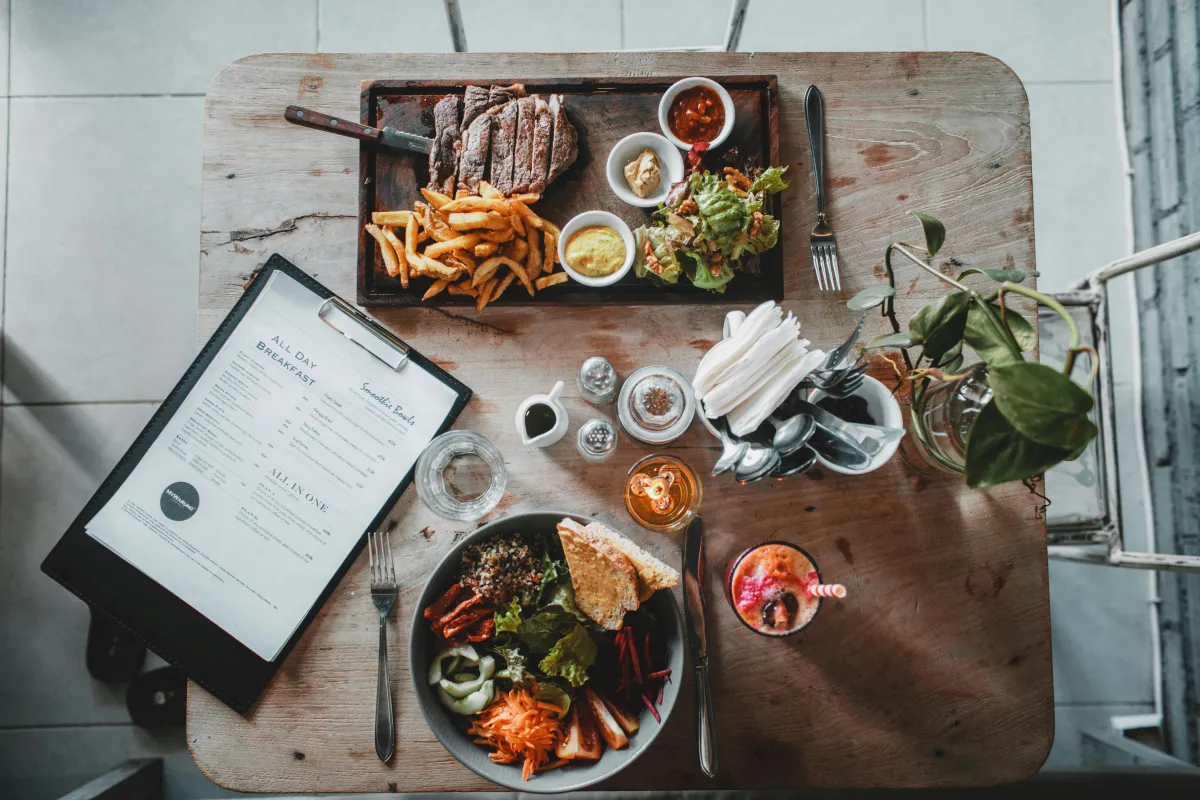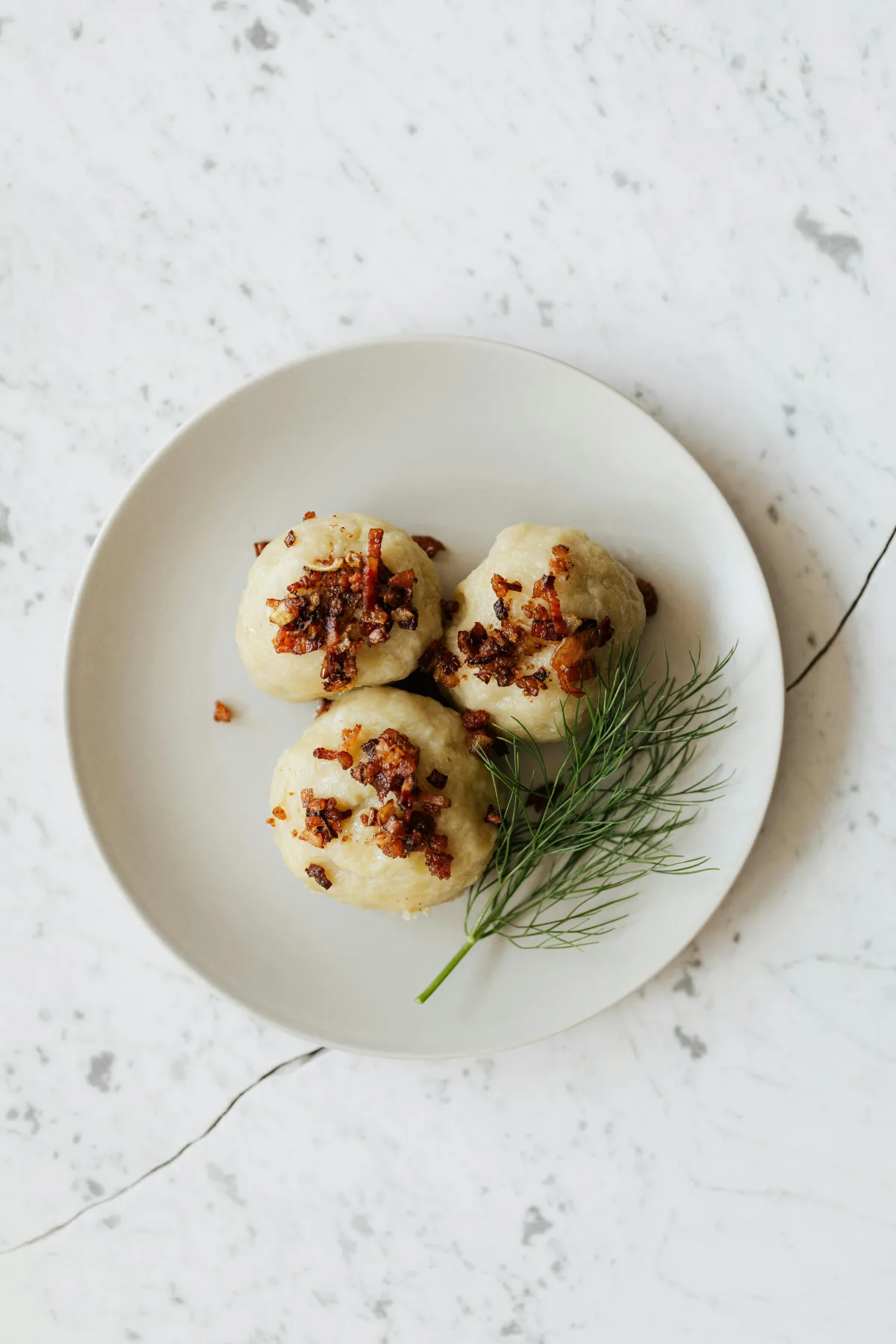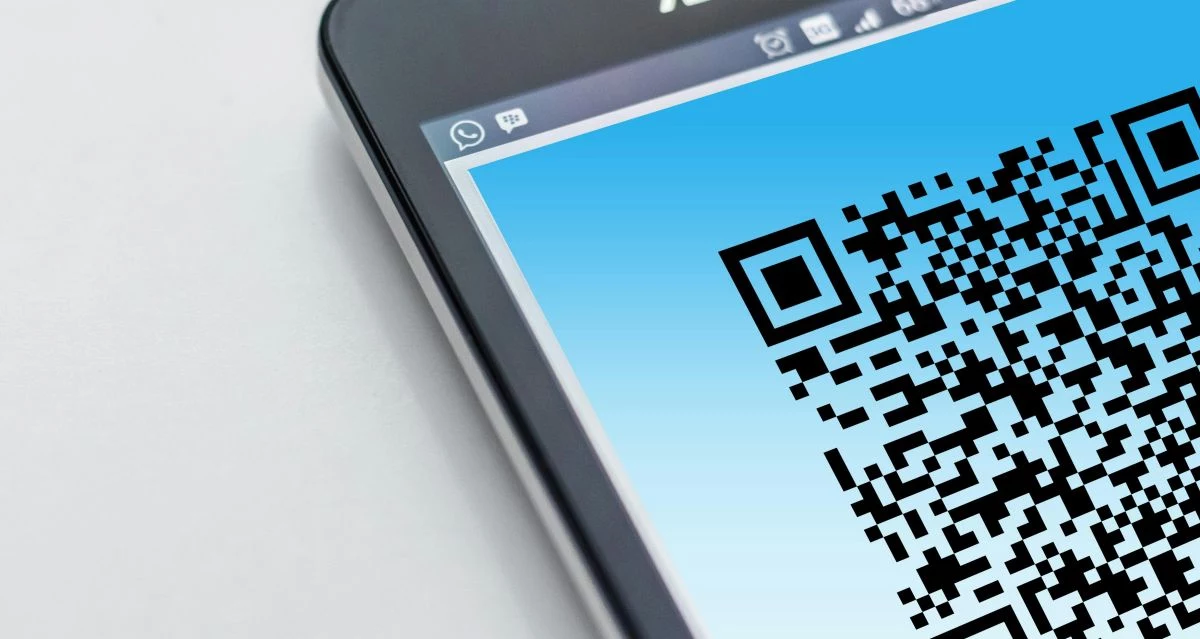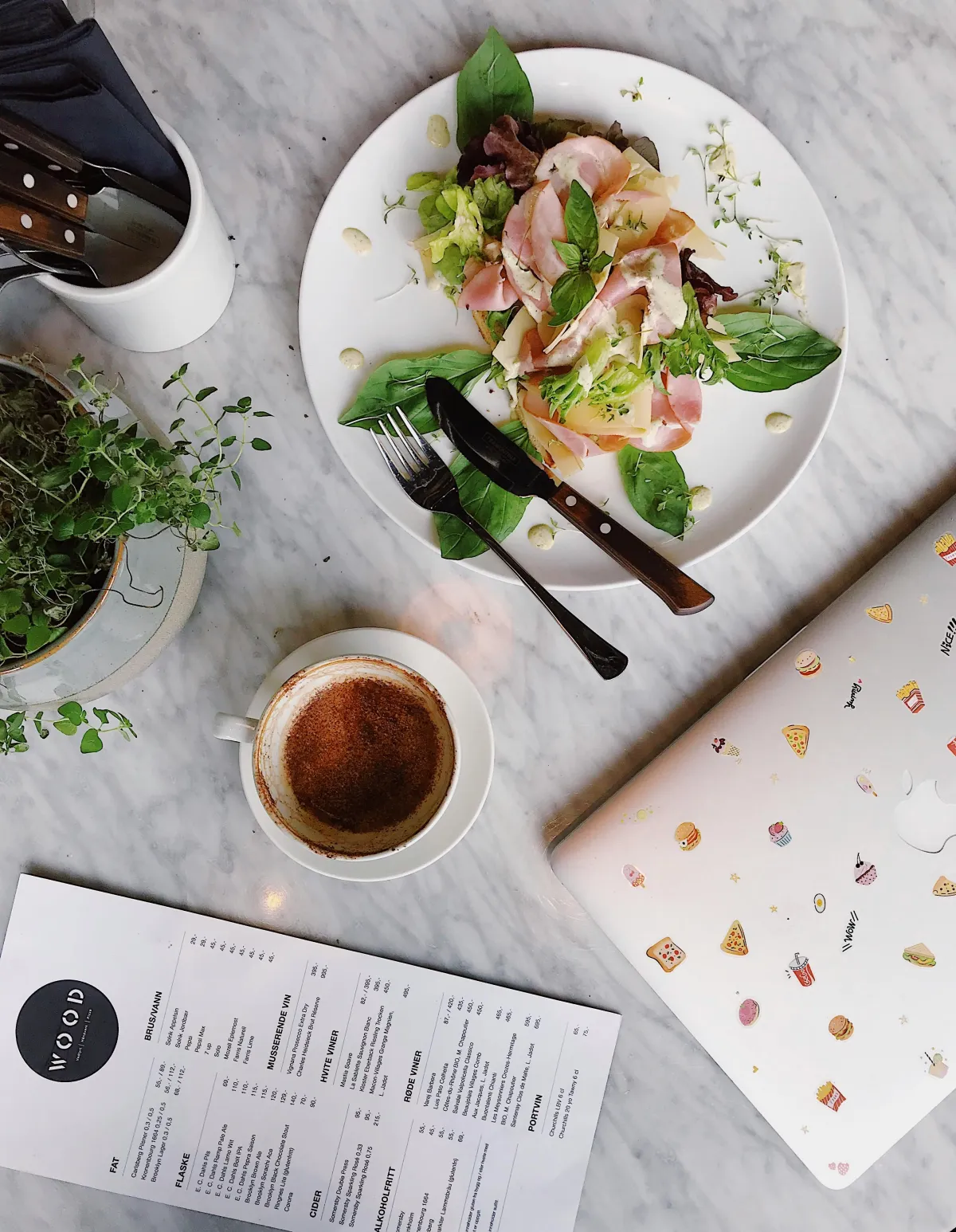QR Code vs. Printed Menus: A Real-World Guide for Restaurant Owners
I’ve been in the restaurant game for over two decades. I started on the line, got my hands dirty, and eventually found myself running operations for a whole group of restaurants. In that time, I’ve seen countless trends come and go, but nothing has shaken up the dining room quite like the QR code menu.
In this article
It felt like it happened overnight. One minute, QR codes were a marketing gimmick; the next, they were on every single table as we all navigated the push for contactless everything. Now that the dust has settled, restaurateurs are all asking the same thing: Do we stick with the codes, go back to classic printed menus, or try to find a happy medium?
Here’s the honest answer: there isn’t one. The right choice completely depends on your restaurant’s vibe, who you’re serving, and what you’re trying to achieve operationally. My goal here isn’t to crown a winner, but to walk you through what I’ve learned from implementing both systems in all sorts of places, from quick-service joints to upscale bistros. We’ll get into the tech, the customer psychology, and the real-world costs to help you make the right call for your business.

Which Is Right for You? The 30-Second Version
Before we dive deep, here’s a quick cheat sheet based on my experience:
- Fine Dining: Stick with a high-quality printed menu. The physical experience is a non-negotiable part of your luxury service. A phone just cheapens the moment.
- Fast-Casual & QSR: QR codes are your best friend. They scream speed and efficiency, which is your entire brand promise. Let customers order and pay themselves to speed up the whole process.
- Bars & Breweries: Go digital, without a doubt. Your tap list and cocktail menu probably change all the time. A QR menu lets you update it instantly with zero printing costs. It’s a no-brainer.
- Family Restaurants: The hybrid approach is king here. Offer a QR code as the default but always have some physical menus ready for grandparents, kids, or anyone who just prefers it.
A Menu Is More Than Just a List
First things first, a menu is your number one sales tool. How a guest interacts with it—whether it’s on paper or on their phone—totally changes the game. This isn’t just about what people like; it’s about how their brains are wired.

The Feel of a Printed Menu
A physical menu creates a tangible connection. The weight of the paper, the texture of the cover… it all sends subtle messages about your restaurant’s quality before they even read a single word. A heavy, linen-finished cardstock suggests a premium experience worth paying for. A flimsy, laminated sheet says, “We’re fast and affordable.” It’s a silent conversation.
Physical menus also give you total control over where your guests look. Menu designers use a concept called the “golden triangle” for a reason. A guest’s eyes naturally flick to the upper-right, then the top-left, then the center. So what do we do? We put our high-margin items right there. Boxes and bold fonts draw the eye to the dishes you want to sell. You’re in the driver’s seat, and there are no pop-up notifications to distract them.
The Scroll of a Digital Menu
QR codes shift that whole experience to a personal device. The tech is simple—it’s just a link to a webpage—but it brings a whole new set of variables you don’t control. I’ll never forget the time we launched a new QR menu that just linked to a clunky PDF of our print menu. Our online reviews tanked almost immediately. People were pinching and zooming, getting frustrated… it was a painful but very quick lesson in user experience.

The biggest psychological hurdle with digital menus is the “paradox of choice.” Because you can scroll forever, it’s tempting to list every single dish and variation. But this can lead to decision fatigue, where a guest gets overwhelmed and just defaults to the boring burger instead of trying your new, high-margin special. A physical menu’s limited space forces you to curate your offerings, which is almost always better for the guest.
The flip side, of course, is the data. Every tap on a digital menu can be tracked. You can see which items get the most views and which get ordered most. This is incredibly powerful stuff for making smart business decisions. But with great power comes great responsibility, especially when it comes to guest privacy.
How to Actually Get It Right
Just picking a format isn’t enough. Execution is everything. A cheap, poorly designed printed menu is just as bad as a frustrating digital one. Here are the pro-level techniques I’ve learned for nailing each one.

Mastering the Art of the Printed Menu
A quality printed menu is all about the details. Let’s start with materials. For most restaurants, I’d recommend a heavy cardstock, somewhere in the 100-120 lb. cover weight range. It just feels substantial. A matte or uncoated finish is usually better than gloss because it cuts down on glare from the lights.
For high-volume spots, you might consider a synthetic paper. It costs more upfront—maybe $15 to $30 per menu instead of $5 to $10 for good cardstock—but it’s waterproof and tear-proof, saving you a fortune on reprinting. You can find these options at most local print shops or online through services like Vistaprint.
And please, work with a graphic designer who actually specializes in restaurants. They understand things like readability and menu engineering. Use a clear font, keep it at 11 or 12-point size minimum, and leave plenty of white space. A cluttered menu just looks cheap.
Doing QR Code Menus the Smart Way
A successful QR menu is NOT a link to a PDF. I can’t stress this enough. You need to use a dedicated mobile menu platform designed for a phone screen. We’re talking about services like Toast, Popmenu, or Square for Restaurants. These are built to be mobile-first, with big text and easy-to-tap buttons.
The best systems integrate directly with your Point of Sale (POS). This is a huge win. When you 86 an item in the kitchen, it can automatically vanish from the digital menu. No more awkward moments for your servers. Some platforms even let guests order and pay from their phones, which can be a massive boost for table turnover in a busy bar or lunch spot.
By the way, here are a few common mistakes I see all the time:
- The Wi-Fi Problem: Your Wi-Fi is slow, or worse, has a password. Guests get annoyed fast. Easy Fix: Put the Wi-Fi network and password right on the QR code holder! Make it effortless for them.
- The Dead Phone Dilemma: A guest’s phone is dead. What now? Easy Fix: Keep two or three house tablets with the menu pre-loaded behind the host stand. It solves the problem and looks way more modern than a beat-up paper menu.
- The Scanning Fail: The code won’t scan in your restaurant’s moody, dim lighting. Easy Fix: Make sure the code is big, high-contrast (classic black on white is best), and printed on a non-reflective surface. A tiny code behind glossy acrylic is a recipe for frustration.
Who Are You Serving, Anyway?
A solution that kills it in a downtown tech hub could totally flop in a quiet suburban town. You have to know your audience.
In big cities, people are generally more tech-savvy and expect digital convenience. But in areas with an older demographic, forcing a QR code on someone can be genuinely stressful. For them, a physical menu is a sign of welcome.
And don’t forget tourists! I once consulted for a restaurant near a big national park that went all-in on QR codes. Their sales dipped, and they couldn’t figure out why. Turns out, many of their visitors were from other countries or remote areas and had no cell service. They brought back printed menus, and their numbers bounced right back. The lesson? Always consider your guests’ technical limitations.
Let’s Talk Money: The Real Costs
Your budget is obviously a huge factor. Both options have upfront and ongoing costs you need to consider.
A professionally designed printed menu can set you back anywhere from $300 to over $1,500, depending on the complexity. Then you have the printing costs. Let’s say a single menu costs you $8 to print. For a restaurant with 50 tables needing 75 menus, that’s $600. If your menu changes with the seasons, you’re spending that four times a year. That’s $2,400 annually, not counting reprints for damage.
With QR codes, you’re usually looking at a monthly subscription fee, typically between $30 and $150. More expensive plans from platforms like Toast will include things like POS integration and online ordering. You might have a small upfront cost for nicely designed table tents or acrylic blocks for the codes, but the ongoing cost of changing menu items is zero. You can update your specials every single day without paying a printer a dime.
I worked with a 50-seat bistro that was spending around that $2,400/year mark on reprinting. They switched to a $50/month QR platform ($600/year) and kept a few paper menus as backups. They saved $1,800 in the first year alone, and a lot of operational headaches to boot.
The Hybrid Approach: Getting the Best of Both
For most full-service restaurants, the hybrid model is the smartest play. You make the QR code the default option to get all the efficiency benefits, but you keep a small stack of nice, clean printed menus on hand.
Then, you train your servers with a simple script. When they greet a table, they can say: “Hi folks, welcome in! You can scan the code on the table for our most up-to-date menu, but I’m also happy to bring you a physical copy if you’d prefer. No problem at all.”
This little offer is golden. It caters to everyone and turns a potential tech hurdle into a simple, hospitable choice. You’re giving the guest control, and that’s always good service.
Heads Up: The Serious Stuff You Can’t Ignore
Switching to a digital system means you have new responsibilities. You have to think about data privacy and, most importantly, legal accessibility. Ignoring these can get you into real trouble.
Data Privacy: If your menu platform collects any user data (even just for analytics), you need a clear privacy policy. Be wary of platforms that want to harvest your customer data for their own marketing. Choose a service that respects guest privacy.
Legal Accessibility (ADA): Okay, this is the big one. In the U.S., the Americans with Disabilities Act (ADA) requires your business to be accessible, and that includes your menu. A digital menu that can’t be read by a screen reader for visually impaired guests is a potential lawsuit waiting to happen. That simple PDF you linked to? It’s not compliant. Your digital menu MUST be built with proper web standards (HTML) so assistive tech can read it. When you’re talking to vendors, ask them point-blank: “Is your platform WCAG compliant?” If they don’t know what that means, run.
And always, always have a backup plan. For the guest with a dead phone, the couple that doesn’t own a smartphone, or the family trying to keep kids off screens at dinner. Having no alternative is just bad service. It’s a completely avoidable failure.
Making the Final Call
So, after all that, the path forward should be a little clearer. Sit down with your team and ask yourselves these questions:
- What’s our brand identity? Are we high-touch or high-tech?
- Who are our core customers? What do they expect from us?
- What do we need operationally? Do we change the menu constantly? Do we need to speed up service?
- And what’s our budget, really? Can we handle a recurring monthly fee or are periodic printing costs better for our cash flow?
Change is the only constant in this business. This whole menu debate is just the latest evolution. My final piece of advice is this: treat the decision not as a tech problem, but as a hospitality problem. Whichever system you land on, make sure it makes every single guest feel welcome and cared for. That’s what will keep them coming back, not the format of your menu.
Inspirational Gallery
The Golden Triangle: Your menu has a sweet spot where customers’ eyes land first. For a single-page menu, this is just above the center. On a two-page menu, it’s the upper-right corner. This is prime real estate. Don’t waste it on drinks or appetizers; place your highest-margin, most impressive main course right there to subconsciously guide choices and boost profits.
A study from Cornell University found that diners spend significantly less when menu prices include a dollar sign ($) compared to when prices are just listed as a number (e.g., 24 vs. $24).
This psychological quirk highlights how subtle design choices impact customer spending. By removing the currency symbol, you de-emphasize the transaction and re-focus the guest’s attention on the dish’s description and appeal. It’s a small change that can make the dining experience feel less commercial and more about the culinary journey.
Can a digital menu do more than just show a list?
Absolutely. Modern QR menu platforms are becoming powerful sales tools. Systems like Toast or Upserve can integrate directly with your inventory, automatically 86’ing an item when you run out. Many now offer ‘dynamic pricing’ features, allowing you to easily schedule happy hour prices or introduce a ‘late-night’ surcharge without manual oversight. It’s about making the menu work for you, even after the guest has scanned the code.
- Boosts the perception of quality and freshness.
- Reduces decision fatigue for your guests.
- Showcases the chef’s confidence and specialty.
The secret? A hyper-focused, single-page menu. Instead of overwhelming diners with endless choices, a curated list of your best dishes implies that every single item is a star. This approach works exceptionally well for establishments that pride themselves on seasonal ingredients and culinary expertise.
The physical feel of a menu is a key part of your brand’s first impression. It’s not just about the information; it’s about the texture and weight in a customer’s hands.
- Linen or Laid Paper: Adds a touch of classic elegance, perfect for fine dining. The subtle texture feels luxurious.
- Heavyweight, Uncoated Cardstock: Conveys a modern, rustic, or artisanal vibe. Great for farm-to-table restaurants or craft breweries.
- Synthetic Paper (like Yupo): A waterproof and tear-proof option, ideal for high-volume bars or family restaurants where spills are inevitable. It’s durable and easy to wipe clean.
Full POS Integration: Systems like Square for Restaurants or Lightspeed offer QR code ordering that’s fully integrated with your kitchen display system, inventory, and payment processing. It’s a complete ecosystem for tech-forward concepts.
Simple QR Generator: A service like Flowcode or the free options on Canva allows you to simply link a QR code to a PDF or a simple webpage. This is a perfect, low-cost solution if you just want to display your menu digitally without the complexities of integrated ordering.
The best choice depends entirely on your operational needs—streamlined efficiency versus simple digital access.
Don’t overlook accessibility in your menu design. For printed versions, ensure the font size is large enough for all ages to read comfortably and that there’s high contrast between the text and background. For QR menus, the digital landing page should be compliant with WCAG (Web Content Accessibility Guidelines), allowing users to increase text size or use screen readers. An accessible menu is a welcoming menu.
- Use FSC-certified or recycled paper for your printed menus.
- Opt for durable, wipeable menu covers made from sustainable materials like cork or reclaimed wood to minimize reprints.
- Choose a printer that uses soy-based inks instead of traditional petroleum-based ones.
- For digital menus, select a green web hosting provider that uses renewable energy to power its servers.
The typography you choose says as much about your restaurant as your decor does. A classic serif font like Garamond or Caslon evokes tradition and elegance, fitting for an upscale steakhouse or an Italian trattoria. In contrast, a clean sans-serif font like Helvetica or Lato feels modern, efficient, and clean, making it a great choice for a fast-casual spot, a cafe, or a sushi bar. Avoid overly decorative or hard-to-read script fonts that can frustrate customers.










